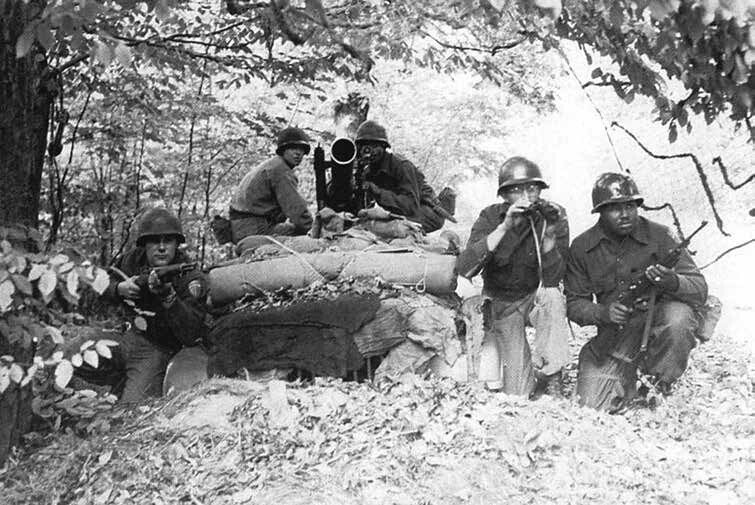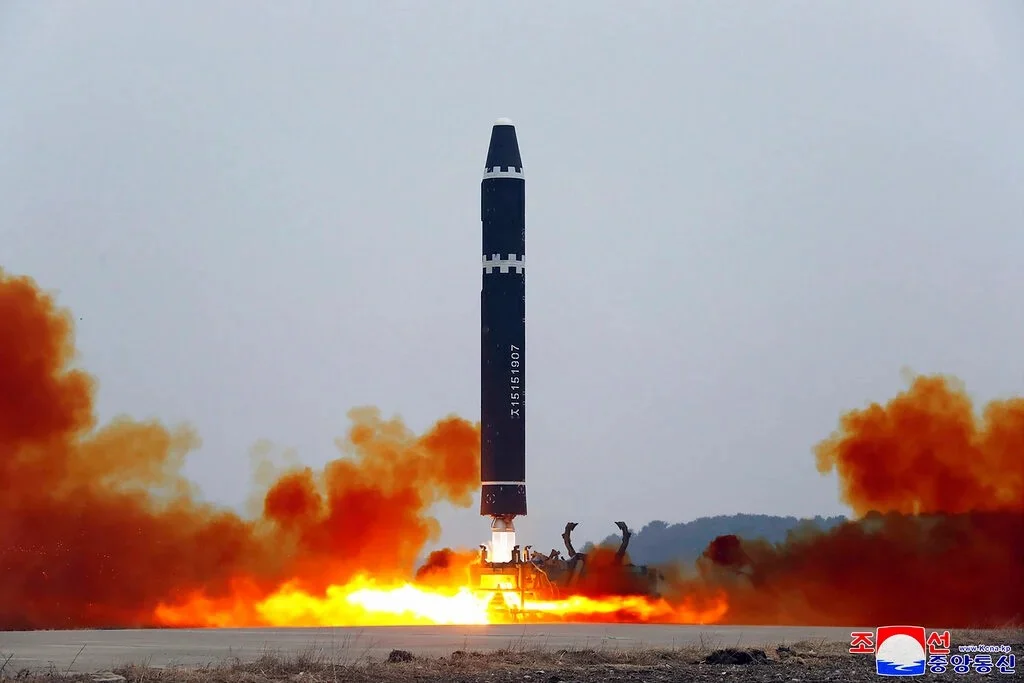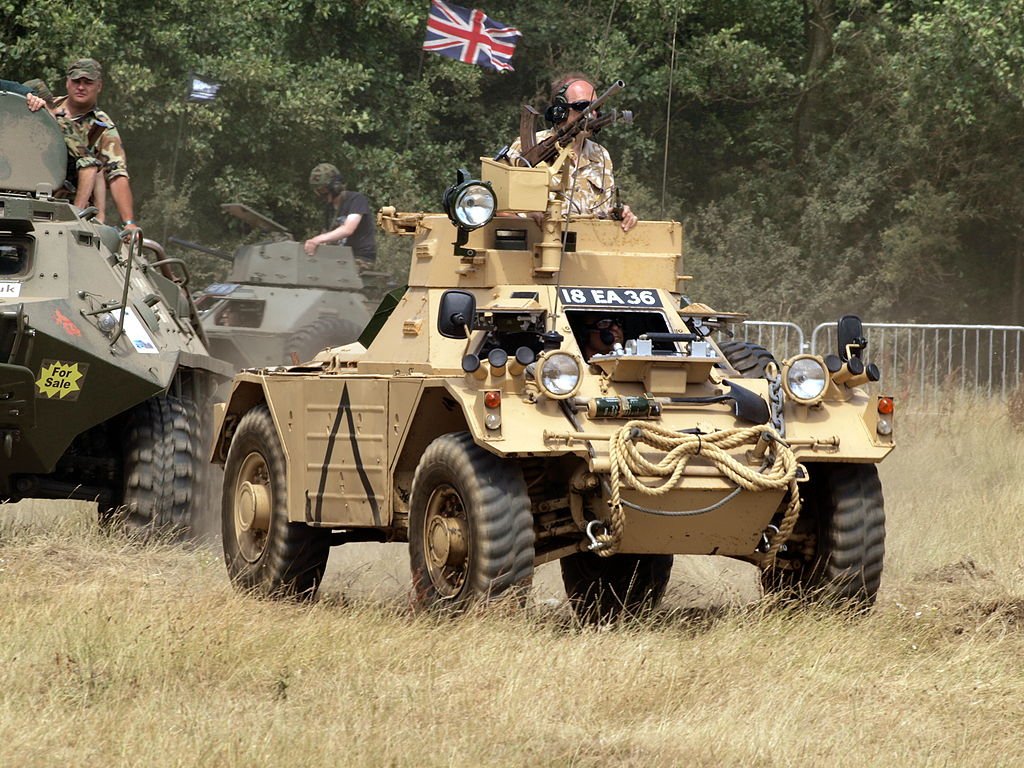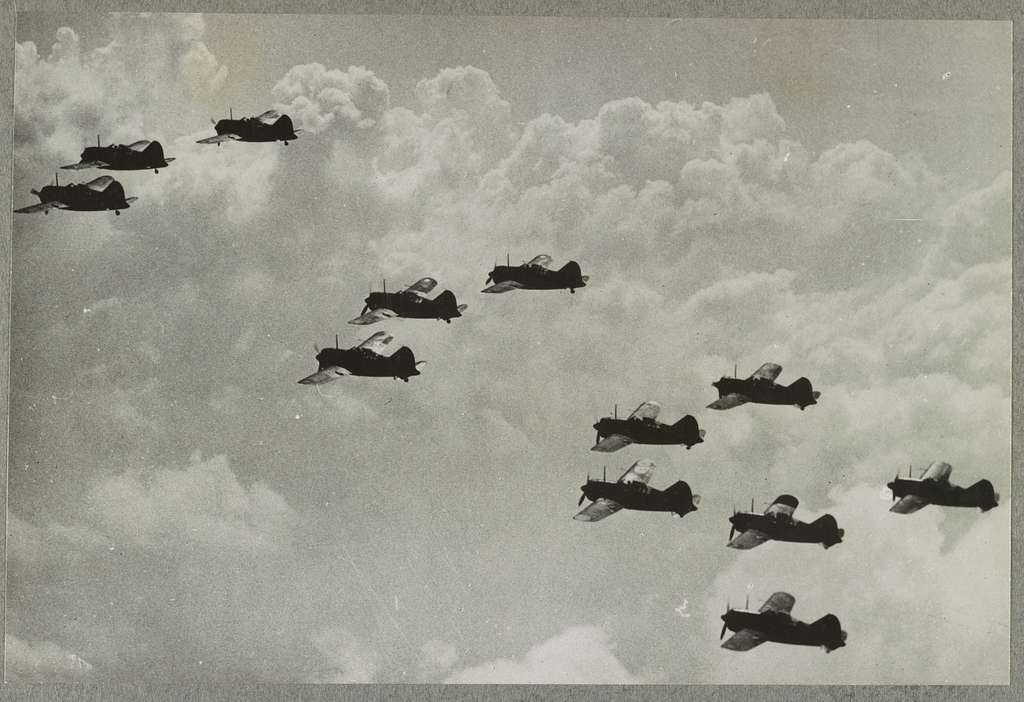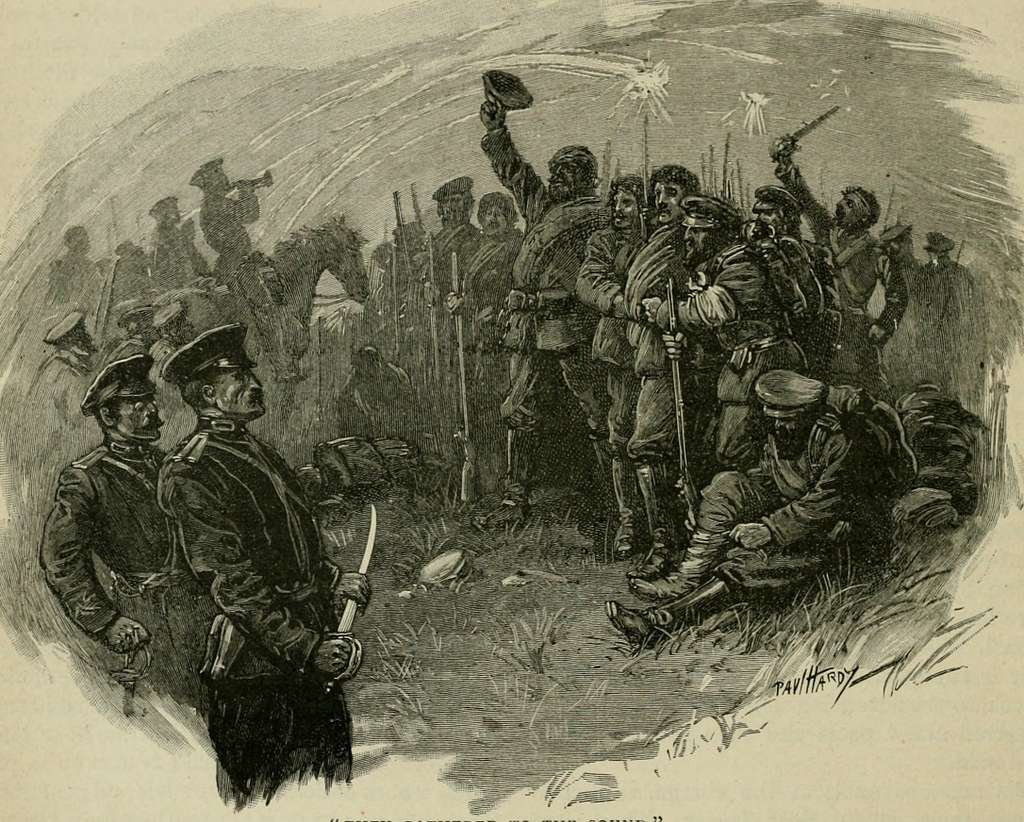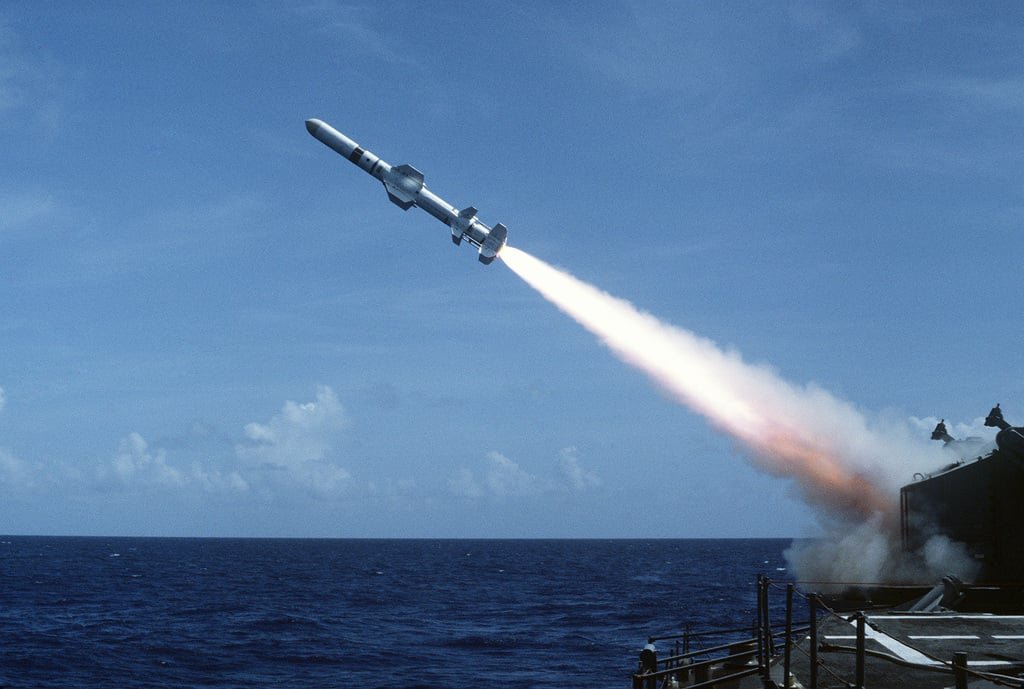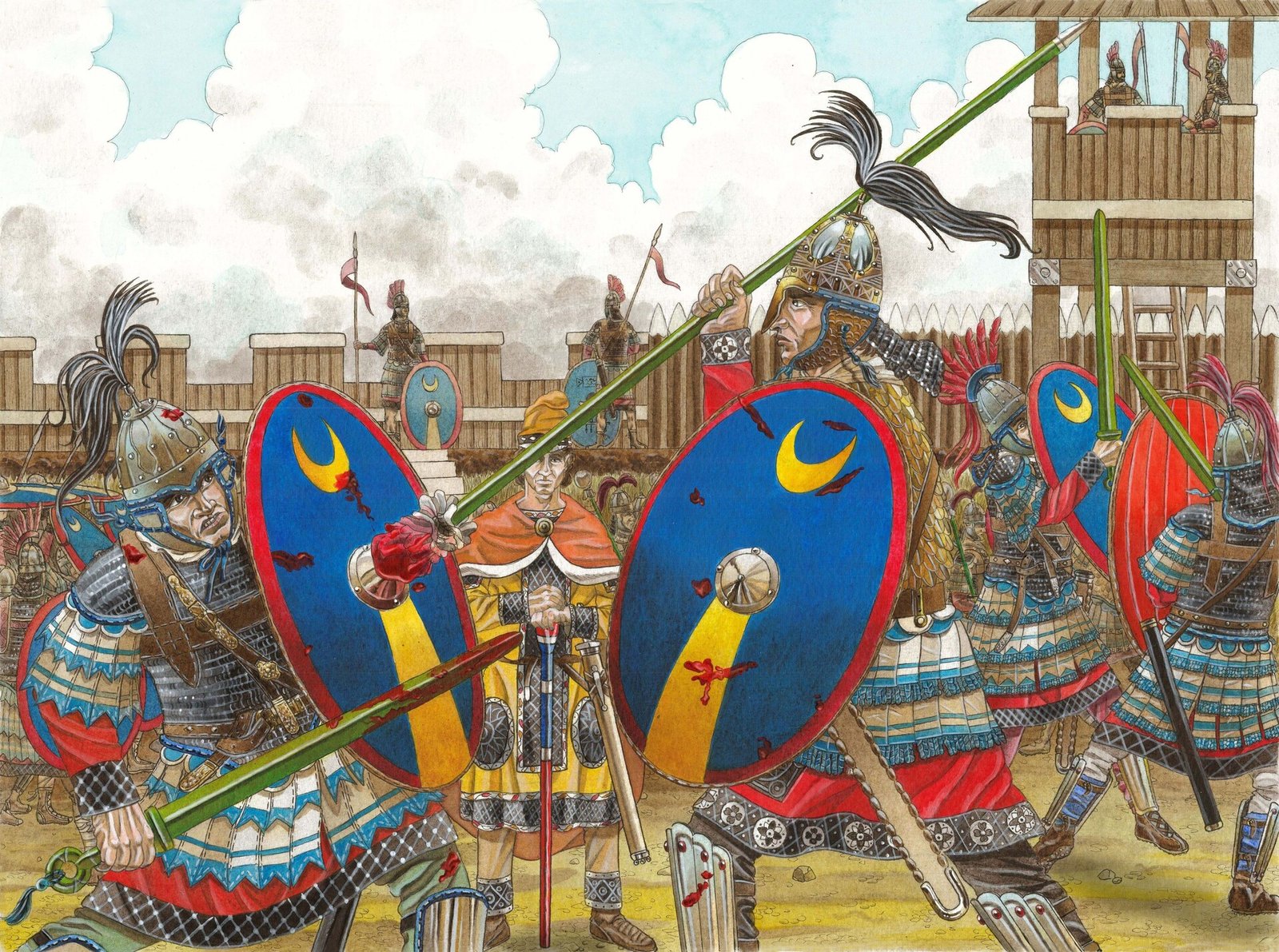World War II stands as a pivotal chapter in aviation history, where the skies became a battleground for both technological innovation and strategic prowess. This blog takes you on an engaging journey through the pages of the Second World War, examining critical moments through the perspectives of 25 iconic airplanes. From intense dogfights amidst the clouds to impactful strategic bombing campaigns, each aircraft played a vital role in shaping the global conflict’s outcome.
Table of Contents
Before we embark on this exploration, let’s answer a few fundamental questions:
What was the history of aviation in WW2?
Significant technological advancements, strategic innovations, and fierce aerial conflicts mark the history of aviation in World War II. At the outbreak of the war in 1939, aviation had already evolved considerably since World War I. Propeller-driven aircraft were predominant, but the conflict spurred rapid developments in jet propulsion and radar technology.
The war saw the widespread use of iconic aircraft such as the Supermarine Spitfire, Messerschmitt Bf 109, Boeing B-17 Flying Fortress, and many others. Aerial engagements, or dogfights, became a crucial aspect of the war, showcasing the importance of air superiority in determining the outcome of battles.
Aviation played a pivotal role in various theaters, from the Battle of Britain in Europe to the Pacific Theater against Japan. The conflict witnessed the debut of jet-powered aircraft, like the German Messerschmitt Me 262, pointing toward the future of aviation.
What is the famous plane from WW2?
One of the most famous planes from World War II is the Supermarine Spitfire. The Spitfire gained iconic status as a symbol of British resilience during the Battle of Britain. Renowned for its agile design and powered by the Rolls-Royce Merlin engine, the Spitfire played a crucial role in defending the skies against the German Luftwaffe. Its exceptional maneuverability and role in pivotal moments, such as the Battle of Britain, contributed significantly to its fame.
The B-17 Flying Fortress, Messerschmitt Bf 109, Mitsubishi A6M Zero, North American P-51 Mustang, and other aircraft also achieved notable fame during WWII for their roles and contributions in different theaters of the war.
How many planes were used in WW2?
World War II witnessed the use of nearly 300,000 airplanes by the war’s end. The size of American military aviation experienced tremendous growth during this period, starting from about 2,500 airplanes at the beginning of the war. The extensive use of aircraft played a crucial role in shaping the course of the conflict and marked a significant milestone in the history of aviation.
Now, with these questions addressed, let’s delve into the rich narrative of aviation history during World War II.
1. Supermarine Spitfire: Defending the Skies
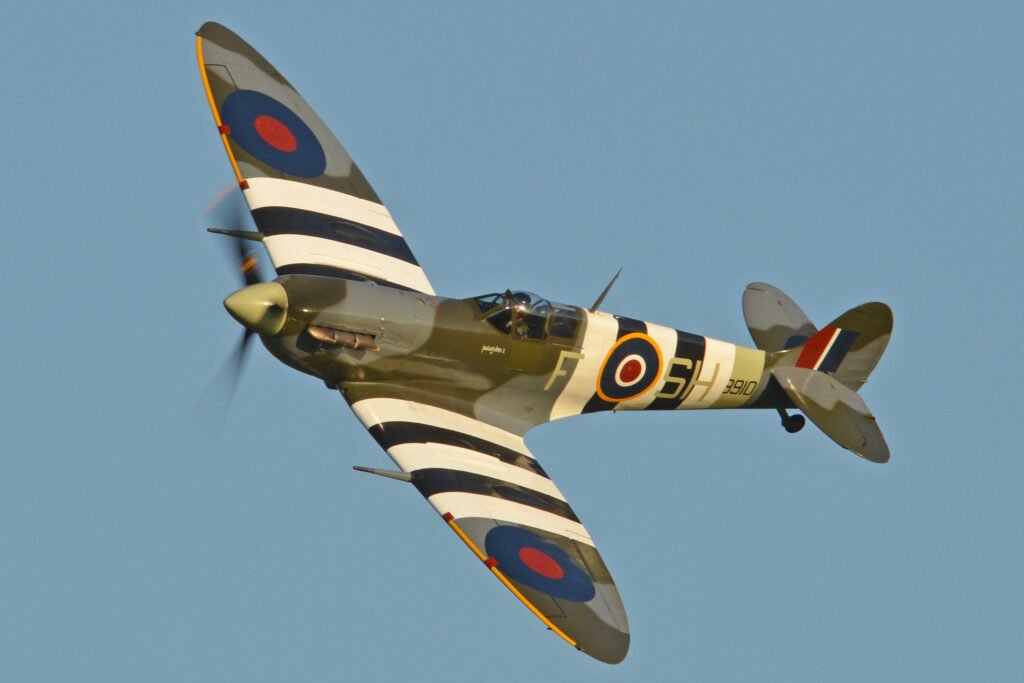
The Messerschmitt Bf 109, a cornerstone of the German Luftwaffe, established air superiority in the early stages of World War II. Designed by Willy Messerschmitt, it featured advanced elements like an enclosed cockpit and retractable landing gear. With a powerful Daimler-Benz engine and impressive speed, the Bf 109 played a pivotal role in Germany’s successful Blitzkrieg tactics, becoming one of the most iconic aircraft of the war.
2. Messerschmitt Bf 109: Germany’s Air Superiority
Celebrated for its heavy armor and formidable payload, the Boeing B-17 Flying Fortress was a crucial player in Allied strategic bombing. Designed for long-range missions, it delivered devastating blows to enemy targets, with its ability to withstand enemy fire earning it the nickname “Flying Fortress.” The B-17’s participation in crucial campaigns, including daylight bombing raids over Germany, significantly contributed to Allied air supremacy, influencing the outcome of the war.
3. Boeing B-17 Flying Fortress: Strategic Bombing
The Mitsubishi A6M Zero played a crucial role in Japan’s early successes in the Pacific, combining long-range capability with superior agility. Tailored for carrier-based operations, the Zero’s exceptional maneuverability allowed Japanese pilots to outperform adversaries, influencing the strategic dynamics of the Pacific theater. Its extended range and combat prowess made it a formidable adversary, leaving a lasting impact on the history of aviation in the war.
4. Mitsubishi A6M Zero: Japan’s Aerial Dominance
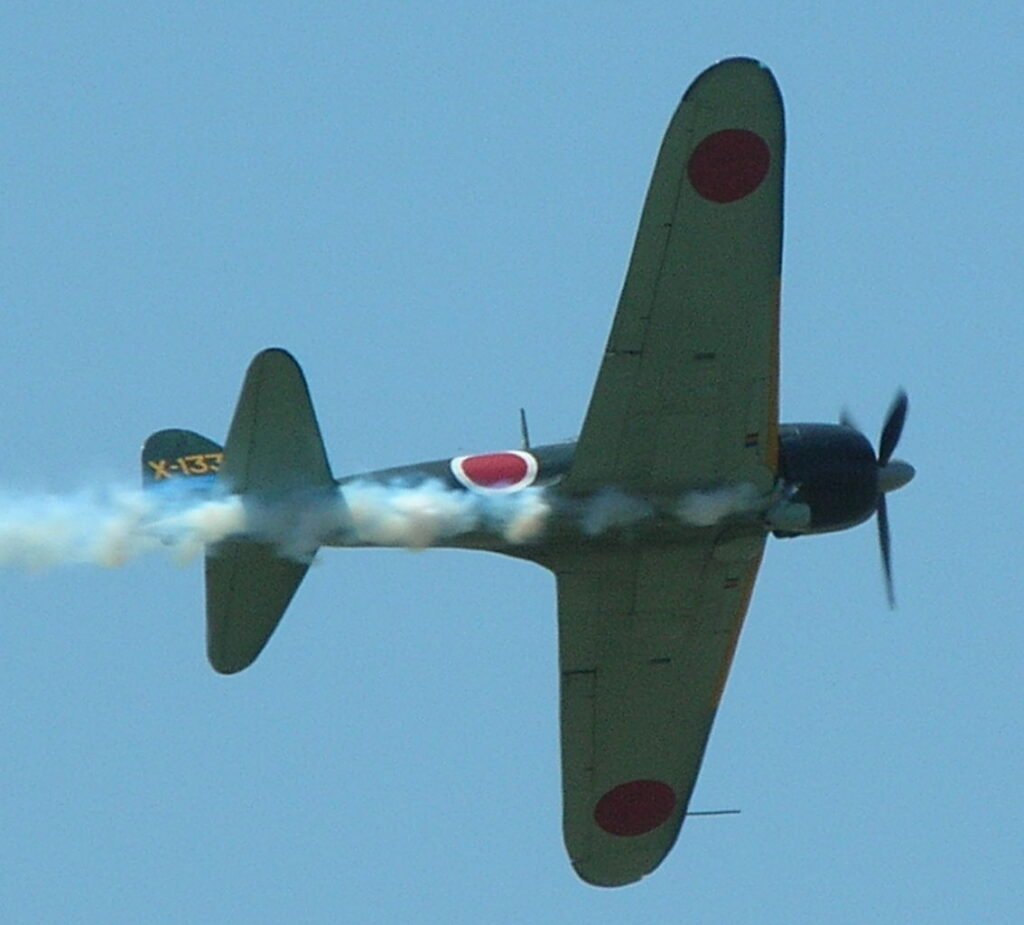
The North American P-51 Mustang revolutionized World War II as a long-range escort for Allied bombers. Fitted with the Rolls-Royce Merlin engine, the Mustang’s extended range allowed it to accompany bombers deep into enemy territory. Armed with six .50-caliber machine guns, it provided an effective defense against enemy fighters, contributing significantly to the Allies’ air superiority. The P-51’s versatility and reliability earned it a revered status, playing a pivotal role in crucial aerial campaigns in both the European and Pacific theaters.
5. North American P-51 Mustang: Long-Range Escort
The Junkers Ju 87 Stuka, a German dive-bomber, played a menacing role in World War II with its distinctive sirens. Renowned for precision bombing, the Stuka became a symbol of terror during the Blitzkrieg. Its strategic use in campaigns like the Battle of Britain and the Eastern Front highlighted its role as a formidable weapon in the German arsenal, leaving an indelible mark on the history of aerial warfare.
6. Junkers Ju 87 Stuka: Precision Bombing
Despite being overshadowed by the Spitfire, the Hawker Hurricane emerged as a stalwart of the Allies, playing a pivotal role in their victories. Recognized for its reliability and versatility, it became a workhorse in various roles, from intercepting enemy aircraft to ground-attack missions. The Hurricane’s robust construction and adaptability showcased its effectiveness during the Battle of Britain, solidifying its status as a crucial asset in the historical tapestry of World War II aviation.
7. Hawker Hurricane: Workhorse of the Allies
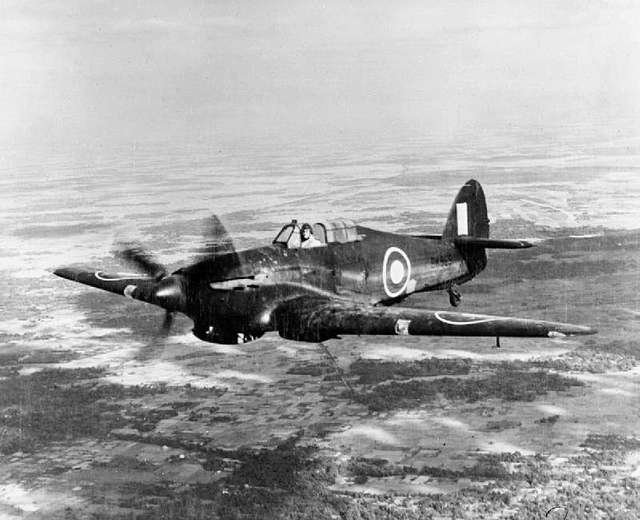
The Hawker Hurricane, a stalwart of the Allies, played a pivotal role despite being overshadowed by the Spitfire. Recognized as a reliable and versatile fighter, it became a workhorse in Allied victories during World War II. Its robust construction and adaptability allowed it to fulfill various roles, from intercepting enemy aircraft to ground-attack missions. The Hurricane’s significant contributions, particularly during the Battle of Britain, showcased its durability and effectiveness in bolstering the Allied air forces. Undoubtedly, the Hurricane’s unsung heroism solidifies its status as a crucial asset in the historical tapestry of World War II aviation.
8. Focke-Wulf Fw 190: Germany’s Versatile Warrior
The Fw 190, a product of German engineering, demonstrated versatility as a powerful adversary for Allied forces during World War II. Its robust design and formidable engine contributed to its effectiveness in various roles, from air superiority and ground-attack missions to bomber interception.
9. Douglas C-47 Skytrain: Airborne Operations
The C-47 Skytrain, a military transport aircraft, played a pivotal role in airborne operations and troop transport. Essential to the success of airborne assaults, it facilitated the rapid deployment of troops, supplies, and equipment, earning its place as a reliable workhorse in the Allied arsenal.
10. Avro Lancaster: Night Bomber
The Avro Lancaster, a stalwart of the Royal Air Force (RAF), earned distinction as a night bomber with its massive bomb capacity. Instrumental in the RAF’s nighttime bombing raids over Nazi-occupied Europe, Lancaster played a critical role in the strategic bombing campaign, delivering significant blows to the enemy’s infrastructure and contributing to the overall success of Allied operations.
11. Lockheed P-38 Lightning: Twin-Engine Marvel
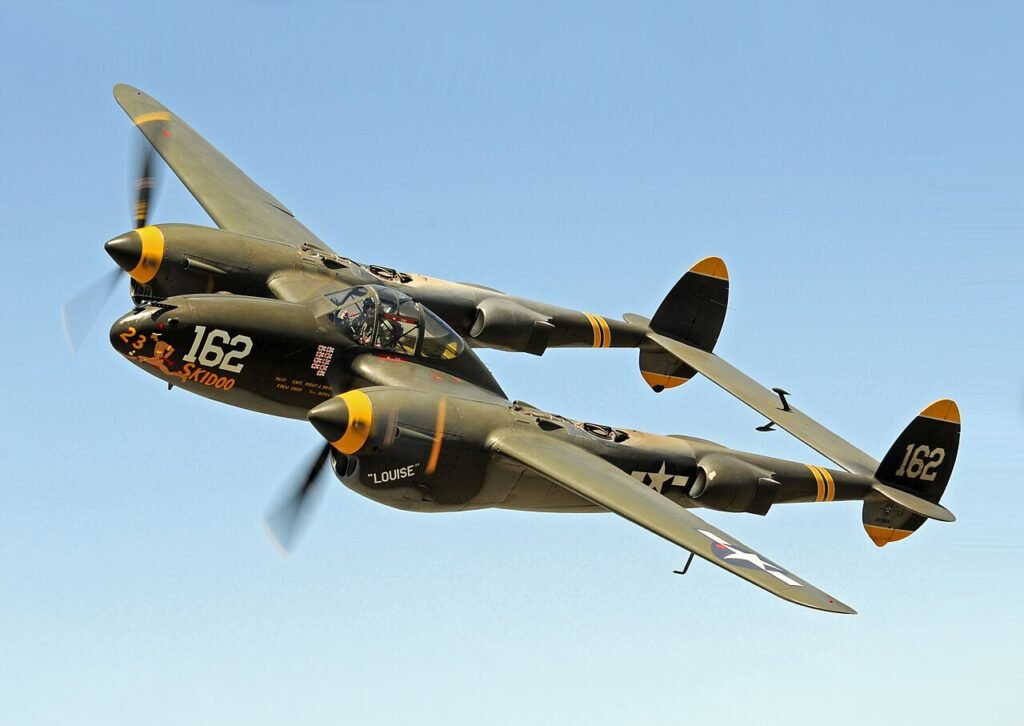
The Lockheed P-38 Lightning, with its distinctive twin-engine configuration and unique design, proved to be a versatile and practical fighter for the Allies during World War II. Its twin booms, central nacelle, and tricycle landing gear set it apart, offering exceptional performance and adaptability in various roles, including escort missions and ground attacks.
12. Heinkel He 111: German Bomber
The Heinkel He 111, a mainstay of the German Luftwaffe, served as a critical bomber in multiple campaigns, notably during the Battle of Britain. Recognized for its distinctive twin-engine setup, the He 111 played a significant role in strategic bombing operations and contributed to Germany’s early successes in the war.
13. Consolidated B-24 Liberator: Long-Range Bomber
The Consolidated B-24 Liberator, celebrated for its extended range, emerged as a vital asset in long-range bombing missions conducted by Allied forces in both the European and Pacific theaters. Its ability to cover vast distances made it instrumental in strategic bombing campaigns, providing a crucial edge in Allied air power and contributing to the overall success of the war effort.
14. Bell P-39 Airacobra: Unconventional Design
The Bell P-39 Airacobra’s distinctive mid-mounted engine and tricycle landing gear set it apart, showcasing an unconventional design. While its innovative features aimed to enhance performance, it faced challenges in combat, particularly at higher altitudes. Despite limitations, the Airacobra’s unique characteristics contributed to the diversity of Allied forces during World War II.
15. Vought F4U Corsair: Pacific Ace
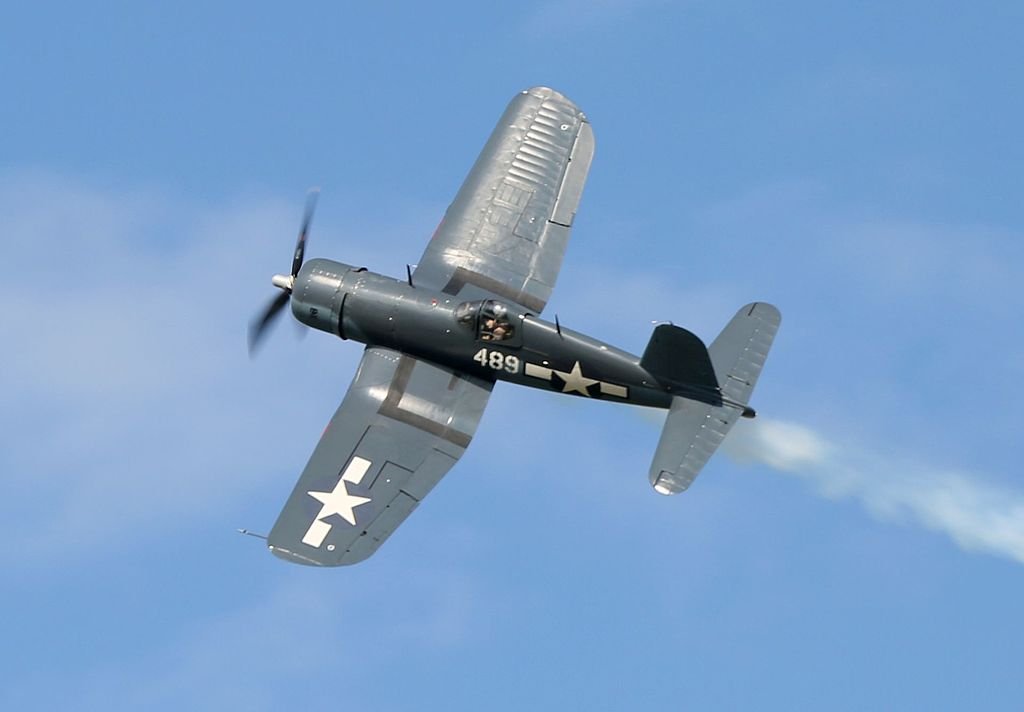
The Vought F4U Corsair, recognized by its iconic gull-wing design, emerged as a top-performing naval fighter, particularly excelling in the Pacific theater. Known for its speed, firepower, and durability, the Corsair gained a reputation as a formidable adversary against Japanese aircraft. Its versatility allowed it to adapt to various roles, including air-to-air combat and ground attack missions.
16. Stinson L-5 Sentinel: Liaison and Reconnaissance
The Stinson L-5 Sentinel, a versatile liaison aircraft, played pivotal roles in reconnaissance and medical evacuation missions. Recognized for its reliability and adaptability, the L-5 became a crucial asset for Allied forces, providing essential support in navigating the complexities of the battlefield. Its lightweight design and ability to operate from unprepared airstrips made it invaluable in facilitating communication and intelligence gathering for ground troops.
17. Bristol Beaufighter: Multirole Marvel
The Bristol Beaufighter, designed for versatility, proved to be a multirole marvel for the Allies during World War II. Serving in roles such as night fighting and anti-shipping strikes, its adaptability made it a valuable asset. Armed with cannons and machine guns, the Beaufighter’s effectiveness in different combat scenarios contributed significantly to the success of Allied air operations.
18. Messerschmitt Me 262: Jet-Powered Innovation
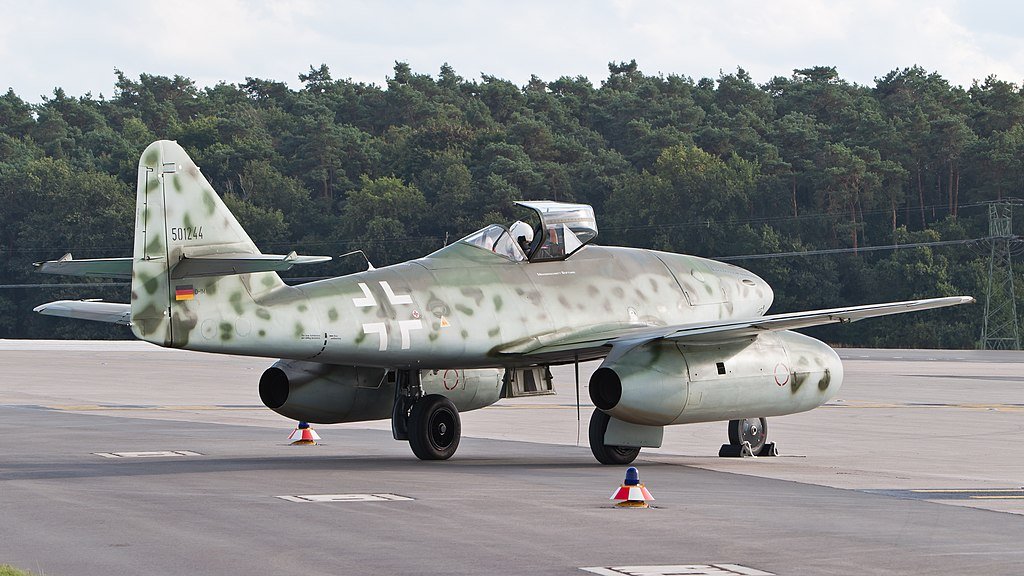
The Messerschmitt Me 262, a groundbreaking advancement in aviation, became the world’s first operational jet-powered fighter. Representing a technological leap for the German Luftwaffe, its jet engines provided superior speed and performance. Although introduced late in the war, the Me 262 showcased the potential of jet-powered aircraft, influencing future aviation developments.
19. Grumman TBF Avenger: Torpedo Bomber
The Grumman TBF Avenger played a pivotal role as a torpedo bomber in naval operations, particularly during the Battle of Midway. Renowned for its sturdiness and range, the Avenger was crucial in anti-submarine warfare and played an essential part in the Pacific theater. Its ability to carry torpedoes and deliver precise strikes against naval targets made it a necessary asset for Allied forces.
20. Curtiss P-40 Warhawk: Lend-Lease Legend
The Curtiss P-40 Warhawk, supplied through the Lend-Lease program, became a legendary fighter aircraft with widespread use across various theaters and Allied air forces. Known for its rugged design and firepower, the P-40 played a significant role in air combat, ground attack, and bomber escort missions. Its contribution to different air forces, including the Flying Tigers and the Royal Air Force, solidified its reputation as a reliable and versatile fighter during World War II.
21. Handley Page Halifax: Heavy Bomber
The Handley Page Halifax, a heavy bomber alongside the Lancaster, played a pivotal role in the Royal Air Force’s Bomber Command during World War II. With a robust design and considerable payload capacity, the Halifax participated in strategic bombing campaigns, contributing to the overall Allied air effort.
22. Lockheed C-130 Hercules: Tactical Airlift
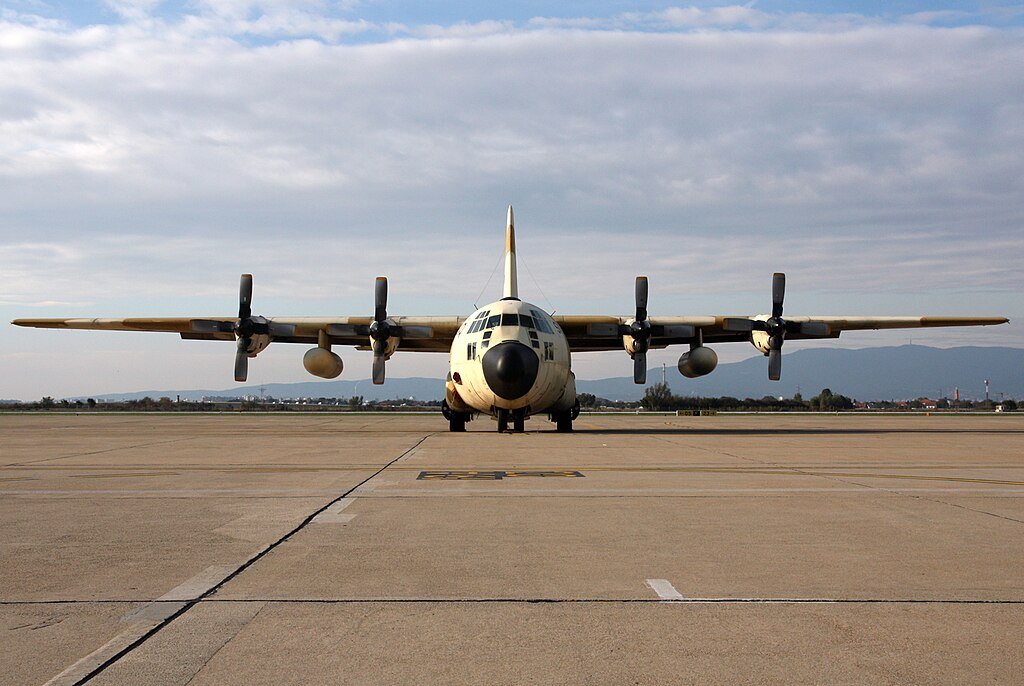
The Lockheed C-130 Hercules marked a new era of versatility in military transport operations. As a tactical airlift aircraft, it demonstrated exceptional capabilities in a variety of roles, including troop transport, medical evacuation, and cargo airlift. Its enduring service has made it one of the most iconic and reliable military transport planes.
23. Supermarine Walrus: Amphibious Reconnaissance
The Supermarine Walrus, an amphibious reconnaissance aircraft, served both naval and air forces in diverse capacities. Its ability to operate from both land and water made it invaluable for reconnaissance missions, air-sea rescue operations, and supporting naval operations. The Walrus showcased versatility and adaptability in challenging maritime environments.
24. Junkers Ju 88: Versatile Bomber
The Junkers Ju 88 earned acclaim as one of the most versatile bombers of World War II. Its adaptability allowed it to serve in various roles, including dive bombing, torpedo bombing, reconnaissance, and anti-ship attacks. The Ju 88’s versatility contributed significantly to the Luftwaffe’s operational flexibility and made it a formidable presence in different theaters of the war.
25. Northrop P-61 Black Widow: Night Interceptor
The Northrop P-61 Black Widow, a night-fighting marvel, played a crucial role in intercepting enemy aircraft during nocturnal operations. Equipped with radar technology and potent armament, the Black Widow provided essential air defense, particularly in the Pacific Theater. Its specialized capabilities in night interception contributed to the Allies’ overall air superiority strategy.
These 25 airplanes encapsulate the diverse and dynamic nature of aerial warfare during World War II. Each aircraft, with its unique features and contributions, played a crucial role in shaping the outcome of this monumental conflict. As we explore the history of these flying machines, we gain a deeper understanding of the strategic and technological evolution that defined the skies during this pivotal period in history.
